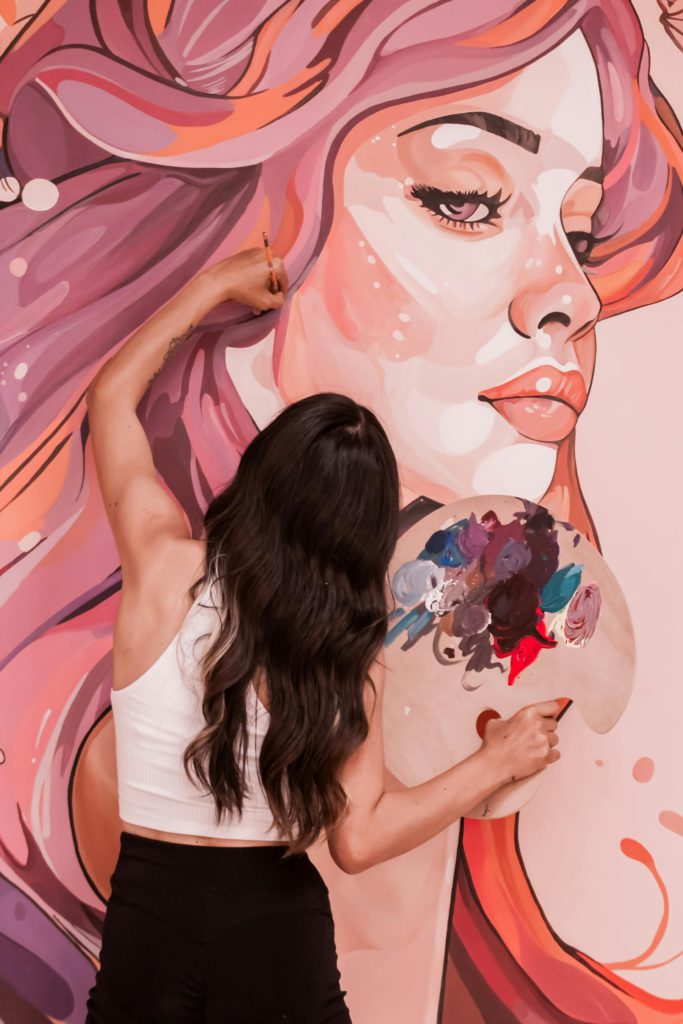Being eco-friendly is something we should all strive towards if we want to make the world a better place for future generations. There are many ways creatives within art and design set out to do this.

In today’s world, where environmental concerns are at the forefront of global discourse, the art and design industries are undergoing a significant shift towards sustainability. Eco-friendly art and design, is now gaining widespread recognition and acceptance. While addressing pressing environmental issues, it also fosters creativity, innovation, and social responsibility.
Understanding eco-friendly art and design
Eco-friendly art and design encompass a wide range of practices that prioritise environmental sustainability. At its core, this movement emphasises the use of sustainable materials, eco-conscious production processes, and the promotion of environmental awareness. All through artistic expression. One of the key aspects of eco-friendly is the choice of materials.
Artists and designers are increasingly turning to renewable, recycled, or upcycled materials in their work. From reclaimed wood and recycled paper to repurposed plastics and natural dyes. By incorporating these materials into their creations, artists not only reduce their environmental impact but also inspire others to rethink their consumption habits.
The intersection of art, design, and sustainability
Eco-friendly art and design blur the boundaries between aesthetics and environmentalism. They demonstrate that creativity and sustainability can go together. Inspiring solutions to pressing environmental challenges. Whether it’s through thought-provoking installations, or eco-conscious fashion collections, artists are advocating for a sustainable future.
In the realm of fashion, for example, designers are reimagining traditional garment production by embracing upcycling, zero-waste patterns, and sustainable textile innovations. This shift towards eco-friendly fashion not only reduces waste and pollution. But, also promotes ethical practices throughout the supply chain. A win-win for everyone.
Similarly, in architecture and urban design, sustainable principles are shaping the way we build and inhabit our cities. From green building techniques and passive design strategies, to integration of renewable energy systems and green spaces. Architects and urban planners are redefining the relationship between humans and the built environment.
Inspiring change through artistic expression
Eco-friendly art and design have the power to inspire change on both individual and societal levels. Through their work, artists and designers can raise awareness about environmental issues. Whether it’s through a powerful visual statement, an interactive installation, or a community-driven art project. Creative practitioners have a unique ability to engage.
Furthermore, eco-friendly art and design offers a platform for collaboration. By bringing together artists, designers, scientists, activists, and policymakers, we can collectively envision and enact positive change. Through collaboration, we can explore innovative solutions to complex environmental challenges and pave the way for a more sustainable future.
Eco-friendly art and design is not just about creating beautiful objects. It is about shaping a sustainable future for generations to come. By embracing sustainability as a guiding principle, artists and designers have the opportunity to make a meaningful impact on the world around them. Through actions, and their art, they have the power to creative a positive change.






